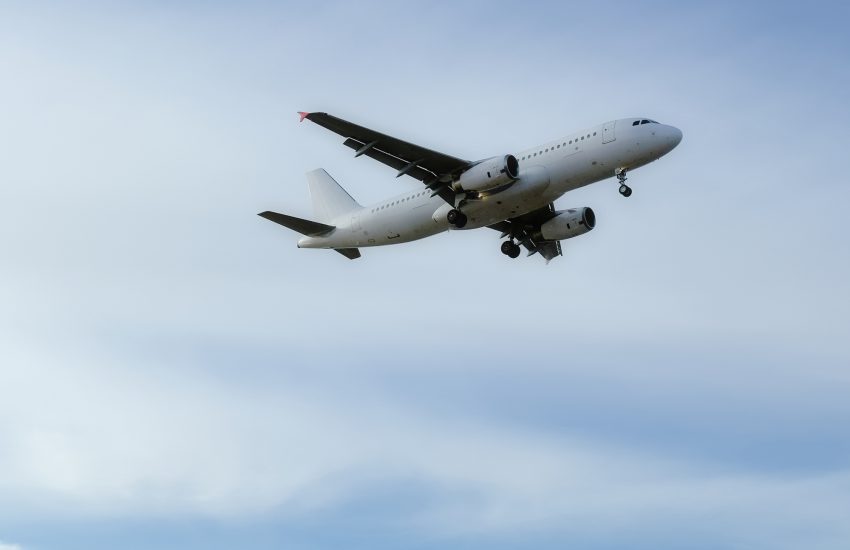As part of the United States Aviation Climate Action Plan – which strives to achieve net zero greenhouse gas emissions for United States Aviation by 2050 – the Federal Aviation Administration announced earlier this month its final rules to reduce greenhouse gas emissions from most large aircraft in U.S. airspace.
The new rules go into effect on April 16, and requires aircraft built after January 1, 2028 to incorporate more fuel efficient technologies. The rule applies to aircraft of certain sizes, regardless of the fuel source. This means the rule could apply to aircraft with hybrid fuel sources. The rules do not apply to aircraft currently in service.
Also exempted are piston airplanes, airplanes used for firefighting, amphibious airplanes, non-pressurized airplanes, certain specialized operations airplanes, and out-of-production airplanes currently in service. The FAA estimates these types of aircraft are responsible for approximately nine percent of domestic transportation emissions and two percent of total U.S. carbon emissions.
In the United States, the Clean Air Act gives the Environmental Protection Agency the authority to adopt standards which are applicable to any air pollutant from any class of aircraft engine which it believes causes or contributes to air pollution. The Clean Air Act also directs the FAA to implement the standards that are adopted by the EPA. The FAA implements these standards by requiring aircraft and aircraft engines to meet the EPA standards in order to be certified. The EPA established final rules for domestic aircraft emissions on January 11, 2021. The EPA standards set rules for the emissions of carbon monoxide and nitrous oxide – two greenhouse gases emitted by airplane engines.
The new FAA rules are intended to implement the 2021 standards and contain the certification testing methods that manufacturers must perform to determine the fuel metric value that a specific airframe design must comply with to obtain fuel efficiency certification.
In 2009, the International Civil Aviation Organization’s Council developed a Global Framework to limit aviation’s climate impact, including measures to reduce aviation’s carbon footprint and carbon monoxide emissions standards for subsonic planes. The FAA’s updated rules will keep U.S. airplanes in compliance with those emissions standards, which makes certain that U.S.-built engines and aircraft can be used around the world.
The FAA conducted an analysis to determine the cost impacts of the new rules. The costs to certify airplanes to the fuel efficiency standard could range from $800,000 to $1.4 million. However, the FAA stated that manufacturers would likely already incur these costs to certify new aircraft as they would need to certify aircraft to the standard of foreign regulators separately. By avoiding those foreign certification costs, the new rule could save manufacturers $2.2 million to $2.6 million over 10 years. The new rules were supported by several U.S. airlines as part of their own initiatives to reduce carbon emissions.

